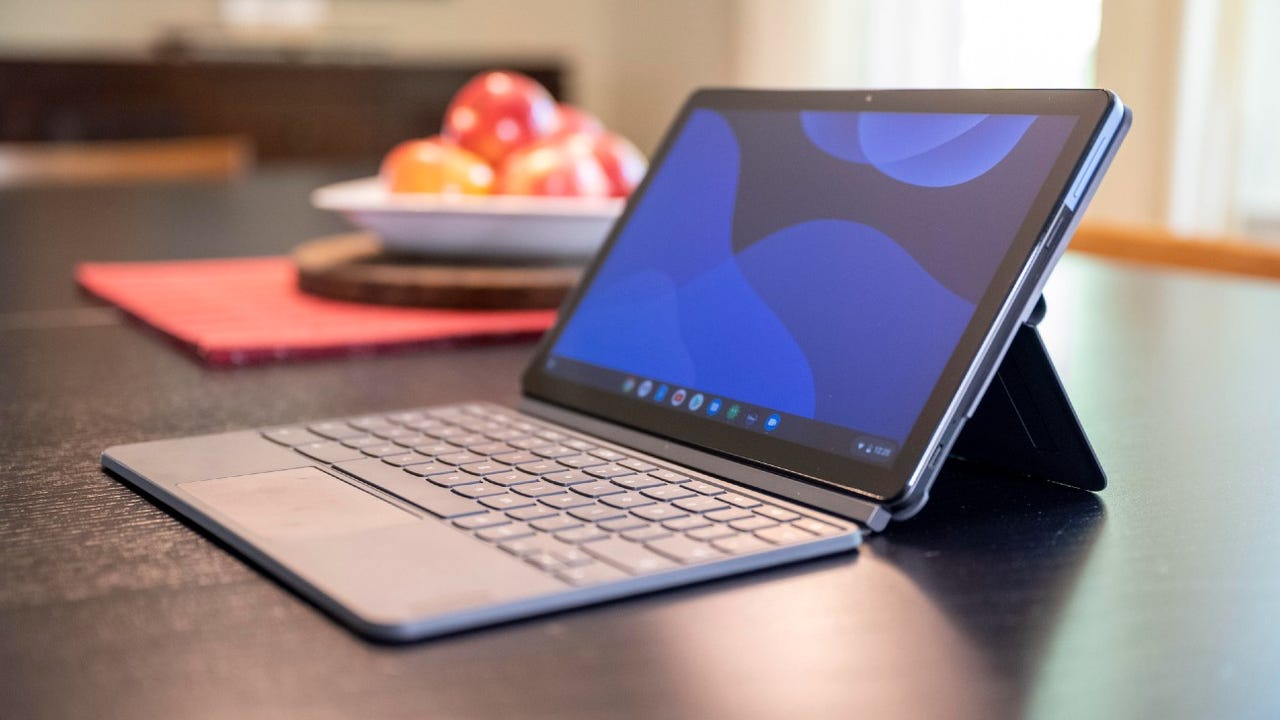'ZDNET Recommends': What exactly does it mean?
ZDNET's recommendations are based on many hours of testing, research, and comparison shopping. We gather data from the best available sources, including vendor and retailer listings as well as other relevant and independent reviews sites. And we pore over customer reviews to find out what matters to real people who already own and use the products and services we’re assessing.
When you click through from our site to a retailer and buy a product or service, we may earn affiliate commissions. This helps support our work, but does not affect what we cover or how, and it does not affect the price you pay. Neither ZDNET nor the author are compensated for these independent reviews. Indeed, we follow strict guidelines that ensure our editorial content is never influenced by advertisers.
ZDNET's editorial team writes on behalf of you, our reader. Our goal is to deliver the most accurate information and the most knowledgeable advice possible in order to help you make smarter buying decisions on tech gear and a wide array of products and services. Our editors thoroughly review and fact-check every article to ensure that our content meets the highest standards. If we have made an error or published misleading information, we will correct or clarify the article. If you see inaccuracies in our content, please report the mistake via this form.
How to use the handy SSH management tool in Chrome OS

Chrome OS has become quite the platform for users of all types. Whether you're a typical user who spends most of your time within an operating system browsing social media, writing ad hoc papers, and shopping for the latest trends, or if you're an administrator who has to work on remote machines throughout the day, Chrome OS has you covered.
One tool that I use quite a bit comes by way of Linux. If you've already enabled Linux, you understand that Chrome OS is much more than just a web browser. With Linux support enabled, you can install quite a large number of applications to turn Chrome OS into a much more traditional OS.
Also: How I revived three ancient computers with ChromeOS Flex
Adding an SSH connection to the Linux terminal app
ZDNET Recommends
Along the ride with Linux, comes a terminal tool that is much more than a means to a command-line end. With the Linux terminal in Chrome OS, you also get a convenient Secure Shell connection manager.
Let me show you how it works.
Requirements
The only thing you need to enjoy this handy SSH management tool is a Chromebook with Linux support enabled. Of course, you'll also need a remote machine that allows SSH connections. But that's it. Let's get to work.
1. Open the terminal
Open the Launcher at the bottom left corner of your Chrome OS desktop. Locate and click the Terminal app.
Launching the Terminal app from the Chrome OS launcher.
2. Add an SSH entry
From the terminal app, click Add SSH.
The Terminal app makes it easy to manage your SSH connections.
3. Enter the SSH details
In the resulting popup, type the details for your new SSH connection in the command section, which will look something like this:
ssh USERNAME@SERVER
Where USERNAME is the username on the remote server and SERVER is the IP address of the server. For example, the command might look like this:
ssh zdnet@192.168.1.100
If your remote server uses a different port for SSH, that command might look something like this:
ssh zdnet@192.168.1.100 -p 2022
Don't worry about either the Identity or SSH relay server options sections. Once you've configured the command, click Save and your new entry will now be listed under the SSH section of the terminal app.
Entering the SSH details for a new remote connection.
Using your new SSH connection
1. Select the connection to be used
Click on the remote server you want to connect to from under the SSH section in the terminal app.
2. Accept the fingerprint
If this is the first time connecting to a remote server from the Chrome OS Linux terminal, you'll be prompted to accept the fingerprint. When prompted, type yes and hit Enter on your keyboard.
Accepting the SSH key fingerprint is required to make a connection.
3. Type the user password
You will then be prompted to type the password for the remote user. Upon successful authentication, you'll find yourself in an SSH session on the remote machine, where you can then take care of whatever admin tasks you need.
Type your user password for the remote connection and you're in.
And that, my admin friends, is all there is to manage your SSH connections from within Chrome OS.
